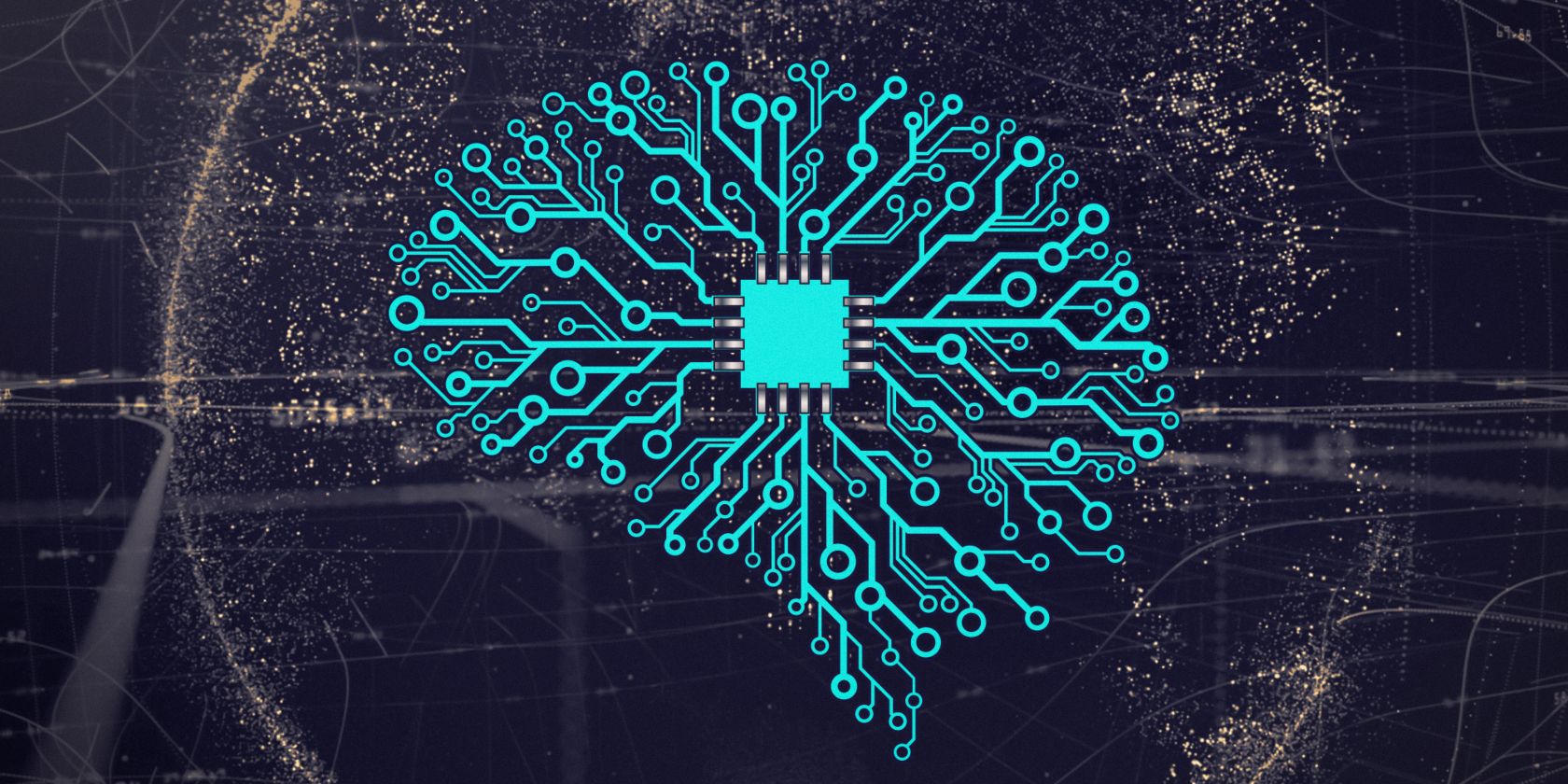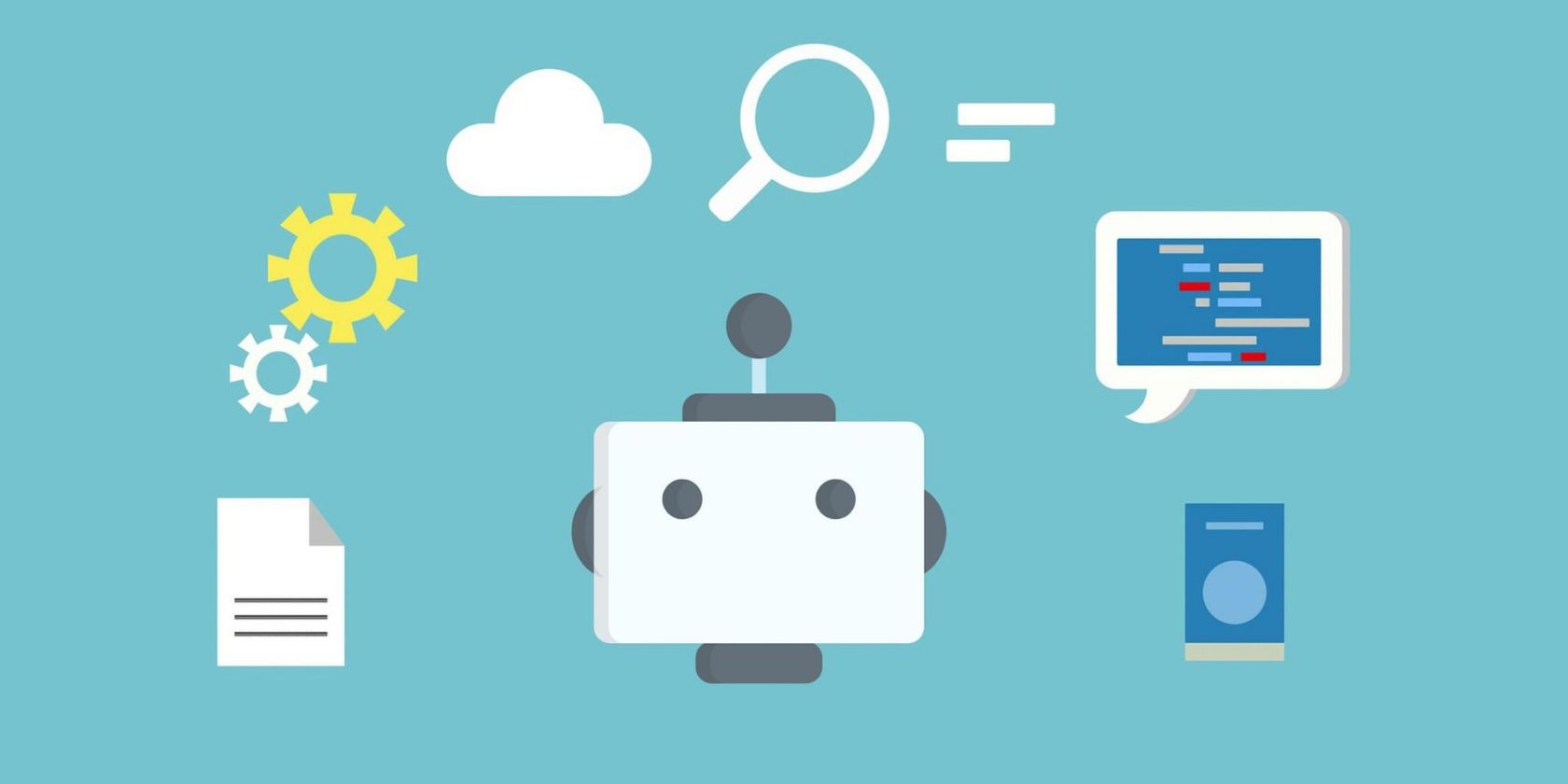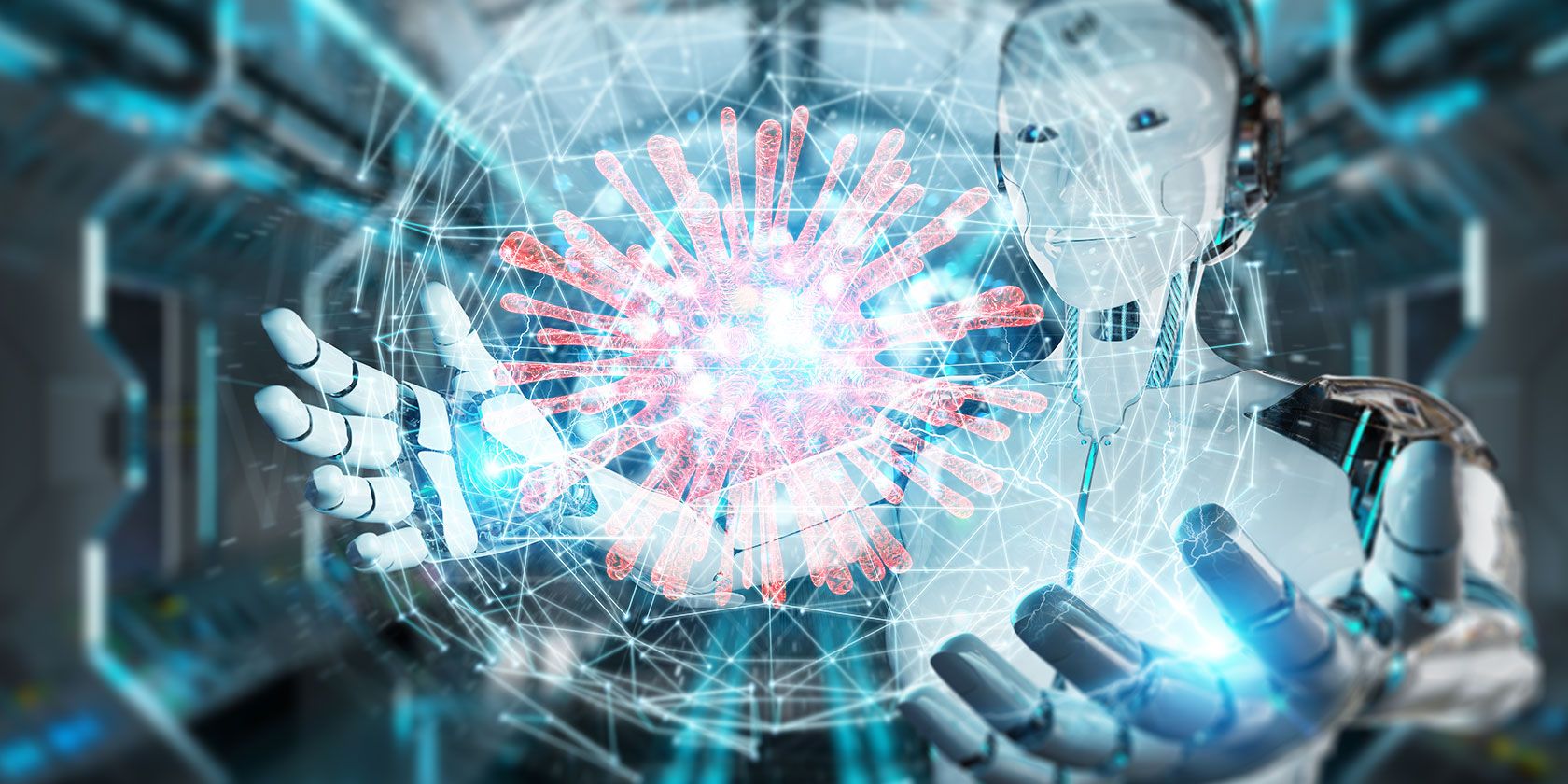More On: Google Natural Language
Google Cloud offers developers access to its foundational models
Global Market Analysis and Forecast for Data Science and Machine Learning Platforms: Key Players, Regional Trends, and Future Outlook until 2029
Essential Machine Learning Knowledge for Data Scientists
Forecasting Machine Learning as a Service Market: Size, Segmentation, Parameters, and Projections through 2032
Deep Learning Innovations Fuel the Expansion of the Machine Learning Industry - Grand View Research, Inc.
In 2012, Google Brain introduced a neural network capable of classifying images into 1000 categories. Currently, Computer Vision is being used in various innovative applications that were unforeseen previously.
Engineers and scientists have long aspired to make artificial intelligence (AI) emulate the complexity and capabilities of the human brain. This aspiration was made possible with the establishment of Google Brain, an AI research team, in 2011. What exactly does Google Brain involve, and what are the noteworthy advancements and breakthroughs it has made in the field of AI?
How Google Brain Began
Undoubtedly, the human brain is one of the most complex entities known to man - a sophisticated biological machinery with numerous regions that function simultaneously to accomplish diverse tasks. Despite this, AI developers strive to imbue AI systems with the ability to undertake intricate operations and solve problems with human-like proficiency.
Google Brain was established as an AI research team in 2011 by Andrew Ng, a college professor, Jeff Dean, a Google fellow, and Greg Corrado, a Google Researcher, with the aim of delving deeper into the realm of AI.
At the outset, the team lacked an official name. However, after Ng joined Google X, he began working with Corrado and Dean to integrate deep learning processes into Google's existing infrastructure. Eventually, the team became a part of Google Research and was christened "Google Brain".
The founding members of the Google Brain team set out to develop AI that could learn independently from vast amounts of data while also tackling existing challenges in language understanding, speech, and image recognition.
In 2012, Google Brain made a significant breakthrough. The researchers fed millions of images from YouTube into the neural network, training it on pattern recognition without any prior information. Subsequently, the network accurately identified cats with remarkable precision, paving the way for a plethora of applications.
The Evolution of Google Brain and AI Development
Google Brain brought about a revolution in the way software engineers approached AI, making significant contributions to its advancement. The Brain team has made remarkable progress in several machine learning tasks, and its achievements have laid the groundwork for AI's natural language processing, speech and image recognition capabilities.
Natural Language Processing
The development of deep learning and the advancement of Natural Language Processing (NLP) are among the Brain team's most significant contributions.
NLP involves imparting human language skills to computers, enabling them to interact and produce better results with repeated exposure. For example, Google Assistant utilizes NLP to comprehend user queries and deliver appropriate responses.
Computer Vision
![]()
The Brain team has also made noteworthy contributions to Computer Vision, which involves recognizing pictures and objects from visual data. In 2012, Google Brain introduced a neural network capable of classifying images into 1000 categories. Currently, Computer Vision is being used in various innovative applications that were unforeseen previously.
Neural Machine Translation
In addition to its other contributions, Google Brain is also credited with the development of Neural Machine Translation (NMT). Prior to the Brain team's introduction, most translation systems relied on statistical methods. Google's Neural Machine Translation represented a significant advancement in this field.
The Neural Machine Translation system developed by Google Brain translates entire sentences at once, producing more precise translations that sound natural. Moreover, the Brain team has created network models that can accurately transcribe speech.
3 Applications That Utilize Google Brain
Since its establishment in 2011, the Brain team at Google has been at the forefront of developing several Google applications, including the following:
1. Google Assistant

The Google Assistant, which is now available on many smartphones, offers a range of functions such as personalized information, setting reminders and alarms, making calls to different contacts, and controlling smart home devices.
To interpret speech and provide accurate responses, the assistant relies on the machine learning algorithms developed by Google Brain. With the help of these algorithms, the Google Assistant learns your preferences and can understand you better over time, making your life more convenient.
2. Google Translate

Google Translate uses Neural Machine Translation, which utilizes deep learning algorithms developed by Google Brain. These algorithms enable Google Translate to recognize and comprehend the text, providing accurate translations into the desired language.
NMT relies on a "sequence-to-sequence" modeling approach, which enables entire sentences and phrases to be translated at once, rather than word by word. As users continue to interact with Google Translate, the system gathers more information, allowing it to provide more natural-sounding translations in the future.
For those interested in more information, there are resources available on how to use Google Translate to translate audio on an Android phone.
3. Google Photos
![]()
Google Photos is more than just a storage application, it also employs Google Brain's advanced algorithms to automatically organize and categorize your media. This means that when you take a photo, Google Photos can recognize not only people and objects but also landmarks and events. By using these algorithms, Google Photos makes it much easier for you to manage your stored pictures and helps you quickly find the ones you're looking for.
Additionally, the tagging feature in Google Photos makes it convenient to organize and search for specific photos in the future. This can be especially helpful when sharing memories with friends and family.
Pushing Boundaries With Deep Learning
Google Brain has significantly advanced the field of AI through the development of state-of-the-art neural network algorithms since its establishment. The team's work has led to significant breakthroughs in speech and image recognition, as well as the creation of machine learning frameworks and natural language processing technologies.
What Is Google LaMDA AI?
LaMDA is a cutting-edge AI technology created by Google. But what is it exactly?

While generative AI systems have existed for some time, they are now more mainstream than ever before. Thanks to the unprecedented success of tools such as ChatGPT, many companies are either starting or rekindling their interest in developing their own AI programs.
There has been a renewed interest in certain AI programs lately, and Google's LaMDA AI is one such program. But what exactly is LaMDA and what are its applications?
An Introduction to Google LaMDA AI

LaMDA AI, short for Language Model for Dialogue Applications, is a conversational Large Language Model developed by Google. Its purpose is to serve as a foundational technology for dialogue-based applications, allowing them to generate human-like language that sounds natural and realistic.
LaMDA is a product of Google's Transformer research project, which is dedicated to exploring Natural Language Processing and has paved the way for multiple language models, including the technology that powers ChatGPT - GPT-3. While it may not enjoy the same level of popularity as OpenAI's GPT series, LaMDA stands out as one of the most robust language models available globally.
LaMDA is an AI model that has left a remarkable impression on many, including Blake Lemoine, a Google engineer who went so far as to suggest that the model might be sentient. By this, Lemoine meant that the AI chatbot was capable of experiencing emotions similar to those of a human, and perhaps even possessing a soul. To test this, he engaged in a series of intricately human-like conversations with the model, which yielded some impressive results.
Although Google quickly dismissed the notion that an AI chatbot like LaMDA could be sentient, Lemoine's assertion highlights the impressive conversational abilities of the model - so much so that even an AI engineer was temporarily convinced of its potential sentience.
What Is LaMDA Used For?

Google's deployment of LaMDA AI through the release of Bard, an AI chatbot similar to ChatGPT, in 2023 has gained immense popularity. The aim is to utilize the AI system as the foundation of a broad spectrum of Google's products, empowering them to communicate with their users in a manner that resembles human conversations.
Despite Google's suggestions of numerous possible product lines for LaMDA AI deployment, the majority of the currently available options remain largely experimental. This is primarily due to the fact that LaMDA AI is still in the development and refinement stage.
LaMDA AI: Impressive but Largely Untested
Google's LaMDA AI has demonstrated its potential in various settings, such as engaging in natural conversations and playing games. However, as a language model, it remains mostly untested and has yet to be fully evaluated.
Despite being relatively untested, LaMDA AI marks a significant milestone in the development of natural language processing and AI technologies. If deployed strategically on appropriate products, LaMDA has the potential to revolutionize our perception of and interaction with technology.
How Artificial Intelligence Will Shape the Future of Malware
The emergence of artificially intelligent malware raises questions about the effectiveness of traditional antivirus software. What is the mechanism behind AI malware and how does it function?

As we progress into the future, the allure of AI-driven systems becomes increasingly enticing. With the potential to assist in decision-making and power smart cities, Artificial Intelligence also carries the unfortunate possibility of infecting our computers with harmful strains of malware.
Let's delve into how the future of AI could impact the development and spread of malware.
What Is AI in Malware?
The term "AI-driven malware" often brings to mind images of a rogue AI wreaking havoc like in the Terminator movies. However, the reality is that a malevolent program controlled by AI wouldn't need to resort to such dramatic measures. Instead, it could operate in a much stealthier manner.
AI-driven malware refers to traditional malware that has been modified using artificial intelligence to enhance its effectiveness. With the help of AI, such malware can infect computers at a much faster rate or launch more efficient attacks. Unlike conventional malware, which operates based on pre-determined code, AI-driven malware possesses a degree of autonomy and can make decisions for itself.
How Does AI Enhance Malware?
Artificial intelligence can enhance malware in various ways, some of which are conceptual and some of which have tangible real-world implications.
Targeted Ransomware Demonstrated by DeepLocker
Deeplocker is one of the most alarming examples of AI-driven malware. However, it is worth noting that IBM Research created Deeplocker as a proof-of-concept, and it is not currently present in the wild.
DeepLocker was developed as a proof-of-concept to showcase how artificial intelligence can be utilized to covertly introduce ransomware into a targeted device. Typically, malware developers might use a "shotgun spread blast" approach to infect a company's network with ransomware. However, there is a risk that the most important computers may not be affected, and the malware's presence may be detected too early. With DeepLocker, AI is employed to enable the malware to remain dormant until it has identified and infected its intended target, increasing the likelihood of a successful attack.
DeepLocker was a teleconferencing software that secretly introduced a distinct version of the WannaCry malware. However, instead of immediately executing the payload, the software would carry out its intended functions as a teleconferencing program.
While performing its task, the software would scan the faces of all individuals utilizing it. Its objective was to infect a particular person's computer, thus it closely monitored all users. Once it identified the target's face, it would trigger the payload, resulting in the WannaCry ransomware locking down the PC.
Adaptive Worms That Learn From Detection
An example of how AI could potentially be utilized in malware is through the creation of a worm that has the ability to "remember" each instance of detection by an antivirus. By analyzing the actions that trigger antivirus detection, the worm can then avoid those actions and instead seek out alternative means of infecting the targeted PC.
The use of AI in malware poses a significant threat, especially since most modern antivirus software relies on rigid rules and definitions. This creates an opportunity for a worm to exploit vulnerabilities that do not trigger detection, thereby informing other strains about the security flaw and enabling them to infect other computers with ease.
Independence From the Developer
Contemporary malware lacks intelligence; it lacks the ability to reason or make autonomous decisions. Its operation is limited to executing predefined instructions programmed by the developer prior to its deployment. In the event that the developer desires the malware to perform new tasks, they must transmit a fresh set of instructions to the infected software.
The "command and control" (C&C) server serves as the primary communication hub for malware, and its location must be carefully concealed. If the server is exposed, it can ultimately lead to the identification and capture of the hacker behind the attack.
In the absence of a "command and control" (C&C) server, autonomous malware can operate independently, without the need for external instructions. The malware is designed to execute pre-determined tasks without input from the developer, allowing them to remain anonymous and avoid detection while the malware carries out its operations. As a result, the developer can simply "set and forget" their malware without the risk of revealing their identity through a C&C server.
Monitoring User Voices for Sensitive Information
If an AI-powered malware gains access to a target's microphone, it can eavesdrop and capture nearby conversations. The malware uses AI to analyze the audio, transcribe it into text, and send it back to the developer. This process simplifies the developer's work, as they no longer have to sift through hours of audio recordings to extract valuable information.
How Can a Computer "Learn?"
Malware is capable of leveraging "machine learning" to improve its performance. Machine learning is a specialized area of AI that enables computers to learn and improve from their experiences. This technology is highly beneficial for malware developers as they can teach the AI what is right and wrong, and then allow it to learn through trial and error, eliminating the need to code for every possible scenario.
In situations where AI is trained through machine learning, it will attempt various methods to overcome obstacles. Initially, it may struggle to surmount the challenge, but the computer will identify areas for improvement based on its failures. Through repeated iterations of learning and experimentation, the AI gradually acquires a better understanding of the correct approach to the problem.
An example of this learning process can be observed in the video provided above. The video demonstrates an AI learning to simulate the movement of various creatures. In the initial attempts, the simulated creatures exhibit awkward, unsteady gaits. However, as the AI learns from its failures and continues to refine its approach, subsequent iterations show significant improvement. Eventually, the simulated creatures exhibit more realistic, fluid movements, showcasing the effectiveness of machine learning.
Malware developers harness the power of machine learning to optimize their attack strategies. When something goes wrong during an attack, the system logs the error and identifies the actions that led to the problem. In subsequent attempts, the malware adapts its attack patterns based on the lessons learned, resulting in more effective attacks in the future.
How Can We Defend Against Malware-Driven AI?
One major challenge with machine learning-based AI is that it can exploit the limitations of existing antivirus software. Antiviruses typically operate by applying straightforward rules; if a program falls within a known malicious category, it is blocked. However, machine learning-driven malware can evolve and adapt to avoid detection by these rules, making it more challenging for antivirus programs to detect and prevent its actions.
Unlike traditional malware, AI-driven malware does not operate within fixed rules. Instead, it relentlessly probes a system's defenses, seeking vulnerabilities to exploit. Once it gains access, it can execute its intended actions without impediment until the antivirus software is updated with specific measures to counter the threat. This adaptability and persistence make AI-driven malware particularly challenging to detect and prevent.
When dealing with intelligent malware, traditional antivirus software that rely on fixed rules may not be effective. In such cases, using AI-powered antivirus programs can be a viable solution. These programs employ advanced algorithms to analyze the behavior of a program and detect any malicious activity, rather than simply matching it against a predefined set of rules. By continuously learning and adapting, these AI-driven antivirus programs can stay ahead of evolving threats and provide more effective protection against sophisticated malware attacks.
A Future Defined by Artificial Intelligence
In the future, malware attacks won't be defined by basic rules and simple instructions. Instead, they'll utilize machine learning to dynamically adapt and counter any security measures they encounter. While this may not be as dramatic as the portrayal of malicious AI in Hollywood movies, the threat is very real.
For those interested in exploring more benign applications of Artificial Intelligence, you can check out these websites powered by AI. Additionally, it's worth learning about how banks utilize AI to enhance their services for customers.
Source Makeuseof











